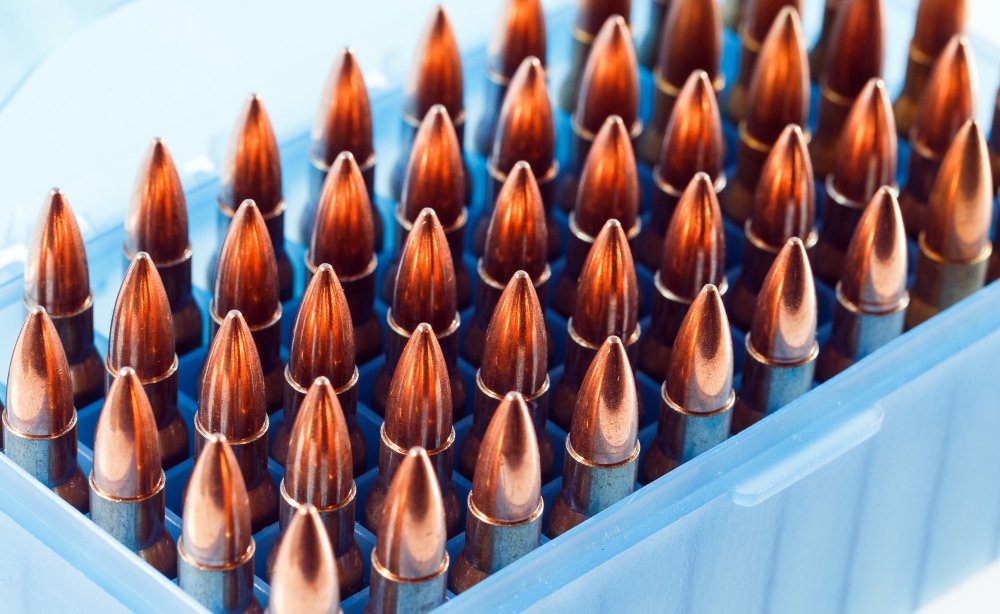
Modern ammunition production requires an advanced balance of speed, accuracy, and safety. Traditional manufacturing systems were designed primarily for volume, often overlooking structural reliability, inspection precision, and operator safety. Today’s global demands—ranging from military operations to industrial-scale training ammunition—require far more sophisticated solutions. High-speed ammo lines meet this evolving standard by combining automated quality control, controlled explosive safety features, and multi-calibre flexibility into a streamlined, unified system.
Production facilities frequently face a shared concern: how to increase output without sacrificing compliance or risking misfires. Given the high sensitivity of primers, powders, and mechanical tolerances, even small deviations can result in defective rounds or halted production. High-speed lines built for precision solve this by integrating intelligent inspection modules and ATEX-certified safety engineering directly into the workflow. Speed is valuable only when matched with accuracy, and these systems deliver both without compromise.
High-speed ammunition assembly lines follow a strictly controlled sequence built on automation, optimized mechanics, and continuous quality assurance. Unlike older mechanical systems, these modern lines rely on sensor-supported coordination rather than manual intervention. This ensures that each production stage transitions seamlessly into the next while maintaining tight dimensional tolerances.
Facilities commonly ask whether high-speed output increases the risk of mechanical stress or misalignment. In well-engineered systems, the answer is no. Reinforced guides, balanced rotary mechanisms, and precision-machined CNC components maintain consistent cartridge positioning even during intensive, high-volume operation. Every movement is calibrated to avoid unnecessary vibration or structural fatigue.
A distinguishing feature of professional-grade ammo lines is their ATEX-compliant, Ex-proof architecture. Working environments that handle explosive materials must ensure that no electrical spark, thermal imbalance, or static discharge can jeopardize operator safety. Ex-proof construction includes controlled electrical systems, specialized housings, and optimized ventilation, ensuring that the line operates reliably even under maximum load.
This level of safety allows production teams to maintain high-speed output without the risk typically associated with explosive components. The system remains stable, predictable, and compliant with strict international safety standards.
A high-speed ammunition line is more than a fast machine; it is a synchronized flow of calibrated operations. Each step—from primer insertion to final packaging—plays a part in maintaining both performance and safety.
The process begins with a high-capacity primer inserting machine operating at 240 parts per minute, independent of cartridge size. This stage performs three critical checks:
This early inspection is essential because primer issues are among the leading causes of misfiring. By verifying integrity before continuing, the line ensures that no defective components proceed to the next stages.
Following primer insertion, cartridges move into the sealing machine. Here, an asphaltic compound is applied to both the primer and the case neck interior. This prevents moisture intrusion and improves the long-term reliability of stored ammunition. Many operators ask why sealing is performed before loading. The reason is simple: sealing prior to powder insertion gives the cartridge structural consistency and minimizes contamination risks.
The rotary ammunition loading machine is the core engine of the line. Designed for both speed and precision, it delivers consistent loading while performing continuous inspections. Every cartridge is measured for:
This ensures dimensional consistency across small-arms types, including pistol, rifle, NATO, Soviet, and blank rounds. High-speed production is meaningful only when the output matches strict accuracy requirements, and this inspection-centric approach guarantees that.
Because the line already ensures internal and dimensional accuracy, final inspection focuses on surface imperfections. These checks can be performed with manual inspection machines, giving the operator complete confidence in the outward condition of each cartridge before packaging.
The final stage is automated packaging. The system can be customized to match the user’s logistical workflow—whether that means altering box configurations, adapting bundle counts, or integrating labeling systems. High-speed packaging ensures that the production process remains uninterrupted from start to finish.
One of the defining strengths of high-speed ammo lines is their minimal requirement for operator intervention. The system is governed through HMI touch screens and fully integrated PLC programming. All mechanical CNC parts and control units are produced in-house, ensuring full compatibility and stable long-term operation.
Operators frequently ask whether reduced physical interaction affects safety. In practice, it enhances safety. With fewer manual adjustments, the risk of human error decreases. Operators maintain oversight while the system handles precision tasks autonomously. This results in a cleaner, safer, and more predictable working environment.
Ammunition manufacturers around the world are shifting toward high-speed lines because they offer crucial advantages in efficiency, quality, and adaptability.
High-speed lines deliver large-scale capacity while maintaining controlled, inspection-driven performance. Instead of pushing traditional machinery to its limits, the system is built specifically to operate at full speed without sacrificing accuracy.
Users often ask whether calibre changes slow down production. With modern conversion kits, calibre transitions are completed within a single shift. The system accommodates a wide range of small-arms calibres, ensuring that facilities can adapt quickly to changing operational or contractual requirements.
These ammo lines are delivered as comprehensive turn-key systems. The scope includes installation, mechanical and electronic supervision, test runs, performance testing, commissioning, documentation, and operator training. This ensures that once the system arrives, production can begin efficiently with minimal preparation time.
High-speed, precision-built ammo lines are already functioning in Turkey’s military ammunition production facilities and several international manufacturers. They integrate seamlessly into high-demand environments, handling both NATO and Soviet calibre production with consistent reliability.
As global production standards evolve, high-speed ammunition lines represent the future of efficient, safe, and adaptable manufacturing. Their ability to combine rapid output with military-grade precision gives facilities the foundation they need for sustained, long-term performance. With Ex-proof safety design, multi-calibre adaptability, in-house engineering, and complete automation, these systems set the benchmark for modern ammunition production.